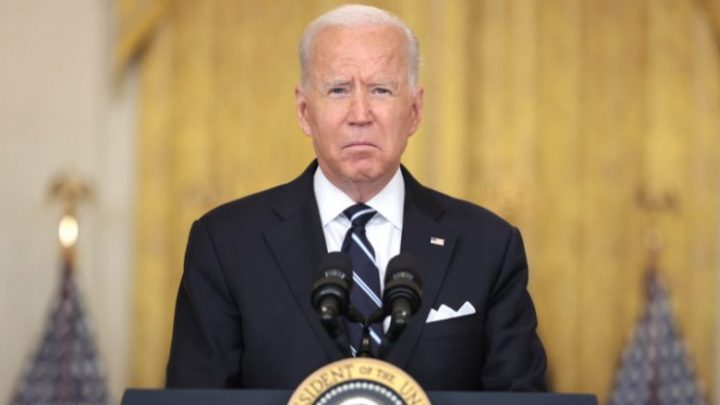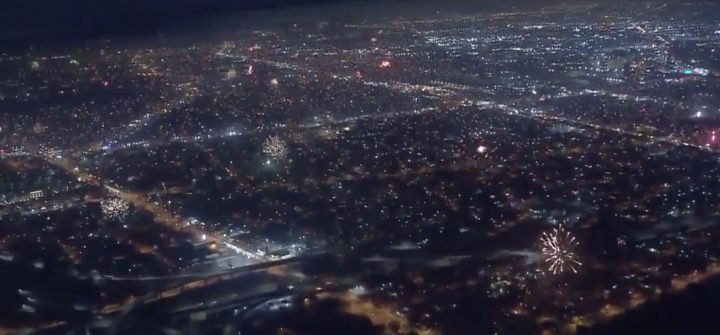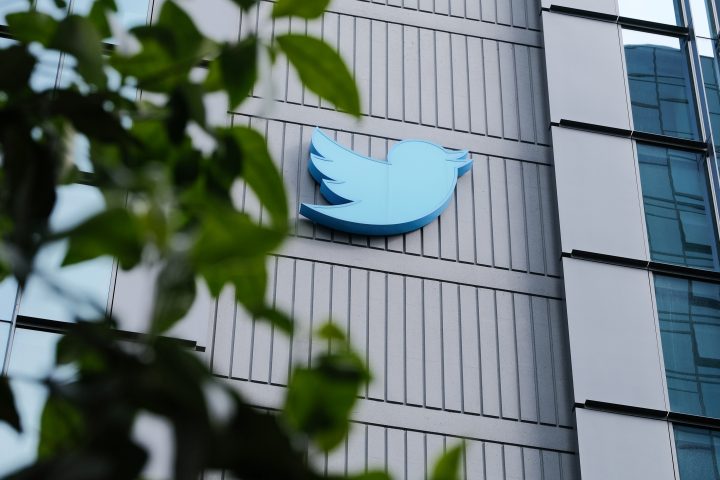
The Biden administration has been taking a victory lap after gas prices ticked-down from record highs — but this will likely end with a face plant, according to experts.
SO WHAT
President Biden is the king of premature celebration.
WHAT HAPPENED
For the past few weeks, Biden and his typo-prone aides have been claiming credit as the national average price for a gallon of regular gas fell from $5.02 on June 14 to $4.40 Monday.
What did the Biden administration do to bring down prices?
- As the White House noted Tuesday, the U.S. has been selling about 1 million barrels of oil a day from the Strategic Petroleum Reserve, thereby increasing global daily production by roughly 1%.
- The Environmental Protection Agency has also taken steps to increase the amount of ethanol in U.S. gas, with unclear effects on prices or the environment.
- Meanwhile, Biden’s ask of Saudi Arabia to increase oil production and his attempts to publicly pressure American oil companies and gas stations to lower prices have gone nowhere.
WHAT’S NEXT
Experts have identified four ways gas prices could go in the near future — and the only good scenario is also the most implausible.
1. DOWN, WITH THE ECONOMY: Prices could continue to fall … into a recession along with the rest of the U.S. economy.
- Falling gas prices likely reflect “demand destruction,” or consumers buying less gas because they can’t afford it, which is a warning sign for recession, Citigroup wrote July 5. “For oil, … prices fall in all recessions to roughly the marginal cost.”
2. UP: Prices could surge again due to factors including the war in Ukraine, natural disasters and increased Asian demand.
- The price of oil may reach $380 — more than triple current prices — if Russia responds to European sanctions by cutting production, JP Morgan analysts warned on July 1.
- Oil prices could also jump if a hurricane hits oil rigs and refineries around the Gulf of Mexico, analyst John Kloza told the New York Post last month: “I think for gasoline, we go back above $5 and apocalyptic numbers come into play with hurricanes.”
3. FLAT: Prices could stay around the current elevated level because of limited supply, continuing to inflict economic pain on ordinary Americans.
- The main bottleneck to increasing gasoline supply is U.S. refining capacity, Morgan Stanley wrote in May.
- Refiners are unlikely to build new facilities because of environmental regulations, per commodity expert Rory Johnston. “No one is going to build a new refinery on the East Coast of the United States this year, next year or the year after.”
- U.S. producers also face major obstacles to increased production, including labor and supply shortages, according to the Dallas Federal Reserve. “Even under the most optimistic view, U.S. production increases would likely add only a few hundred thousand barrels per day above current forecasts. This amounts to a proverbial drop in the bucket …”
4. DOWN, SOFTLY: The positive outcome is gas prices gradually declining as part of a “soft landing” that avoids recession, but experts have generally agreed this is unlikely at best.
- Even if fuel supplies increased, other factors, like housing, are still contributing to inflation and increasing the chances of recession, economist Richard McGahey wrote in Forbes in May. “Even if we get some inflation relief from energy prices and supply chain bottlenecks, high housing costs (both rents and purchases) have a very big impact on inflation. And unlike gas prices, where politicians can suspend gas taxes or propose cash rebates to car owners, there are fewer short-term policy options on housing costs.”
- Economists surveyed by Bloomberg predicted that persistent inflation will force the U.S. Federal Reserve to raise interest rates at least once more this year, increasing the chances of a recession.
WHAT ELSE
America is rooting for Biden to get a surprise win on gas prices — but the president has a record of spiking the football at the one yard line.



